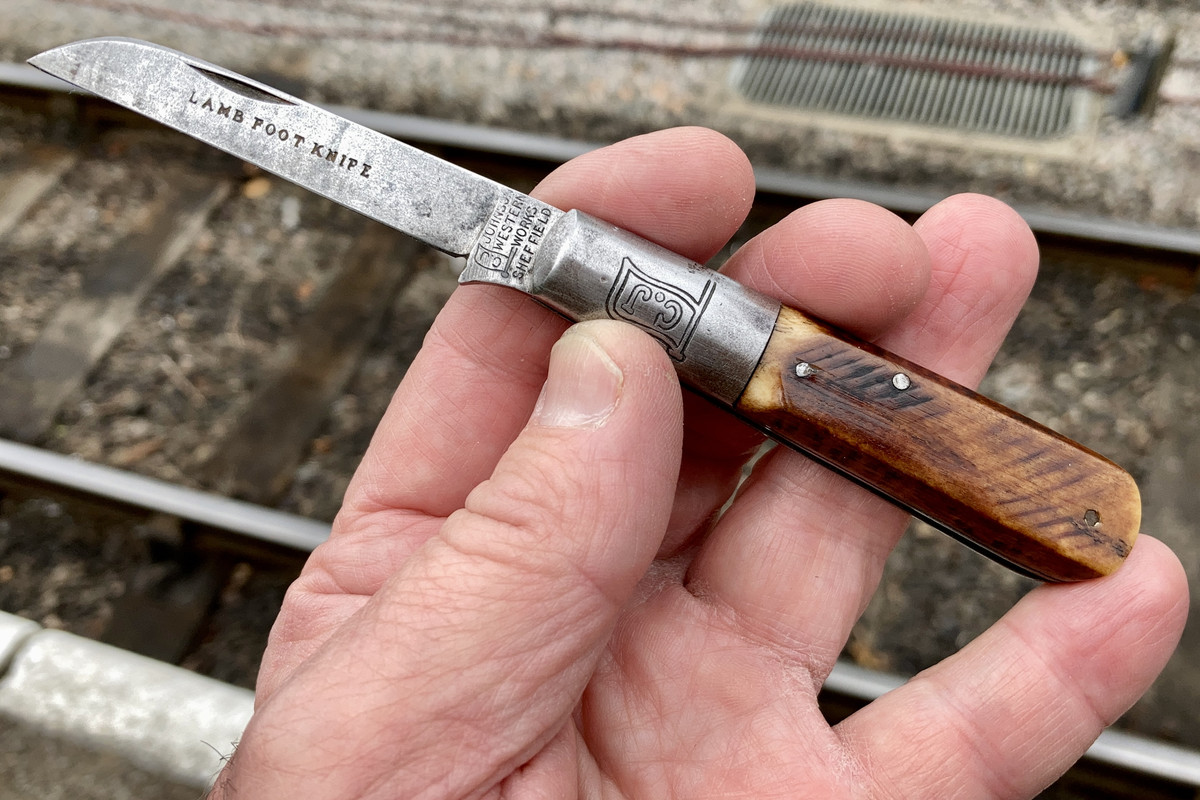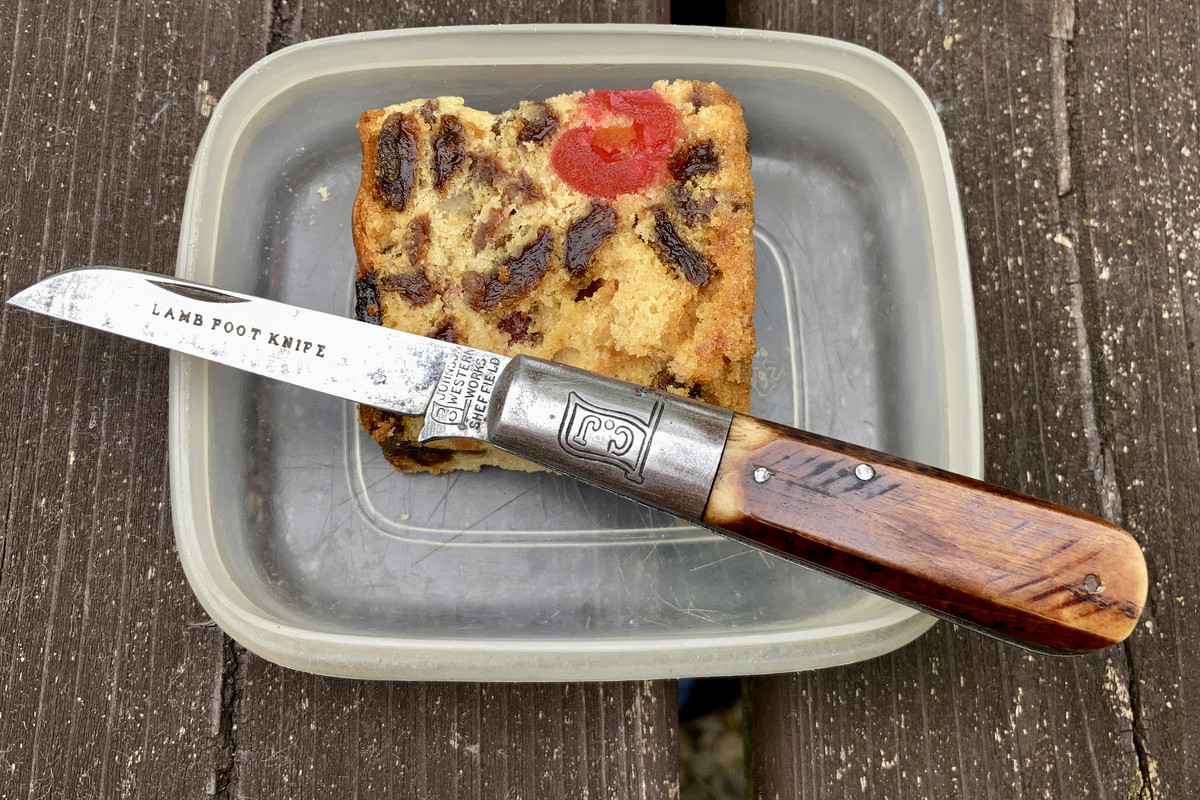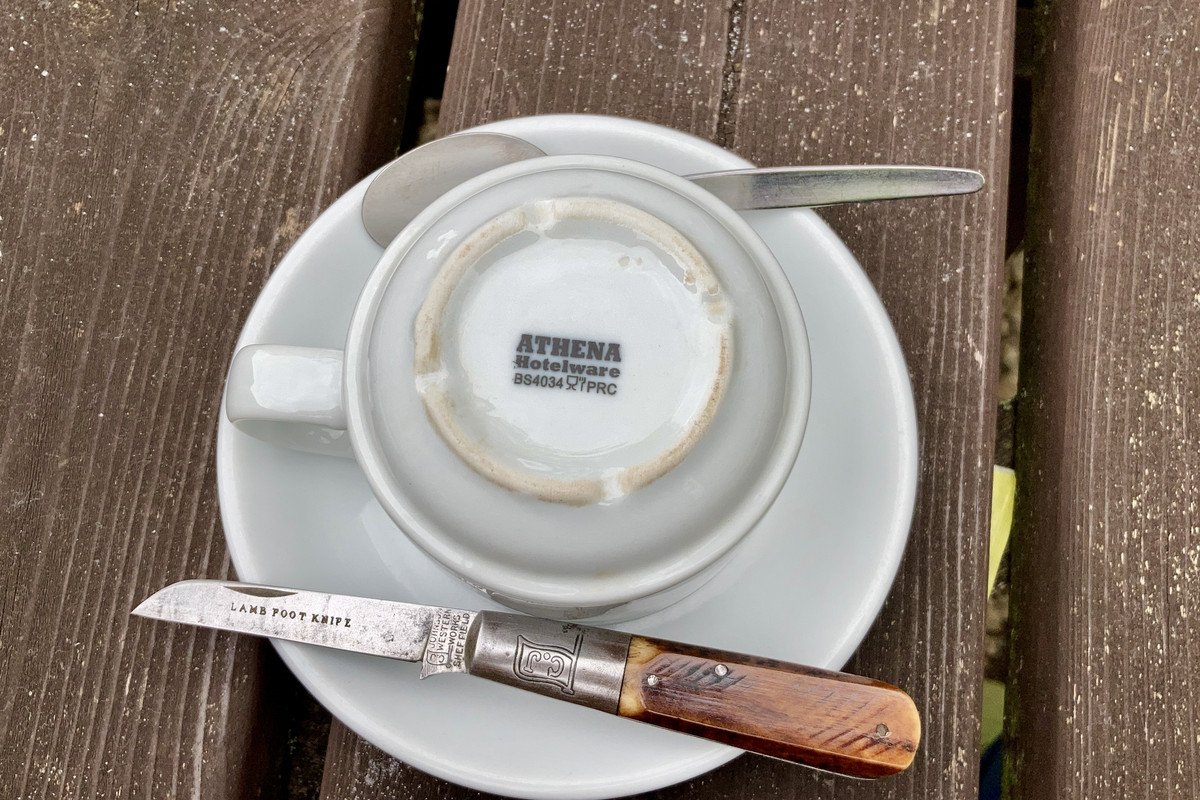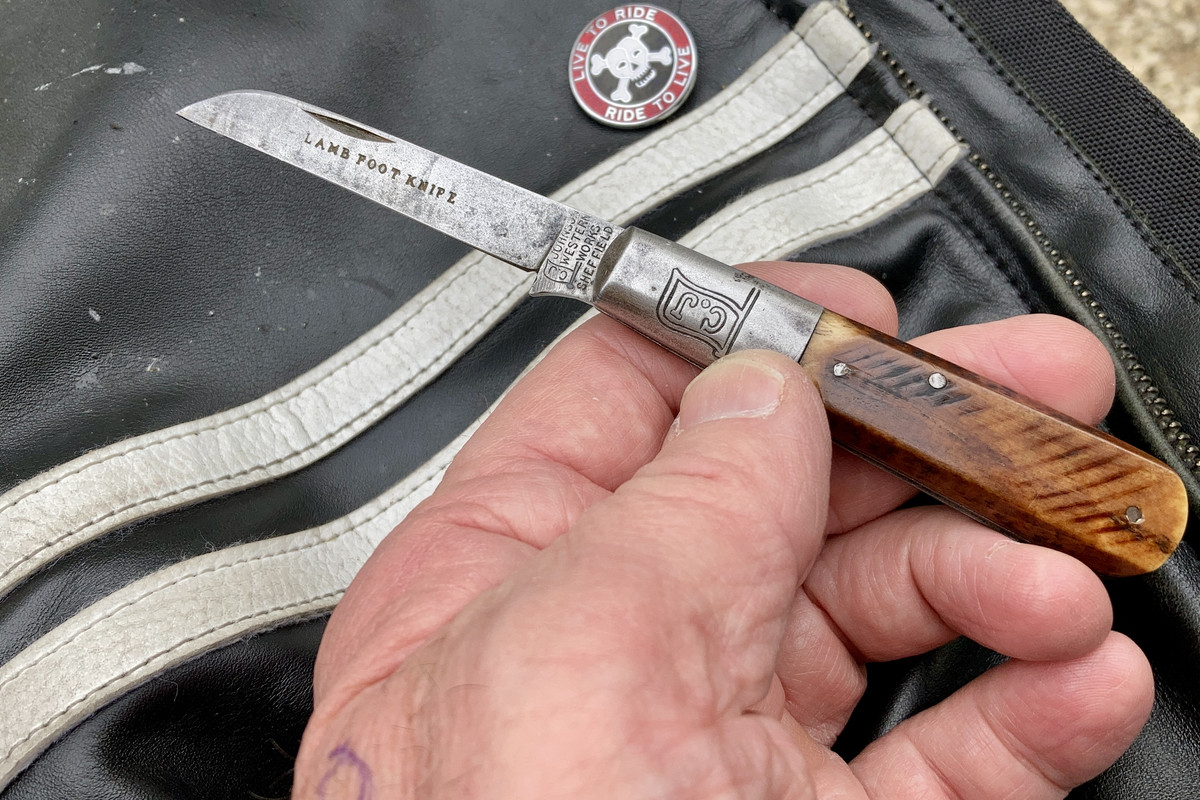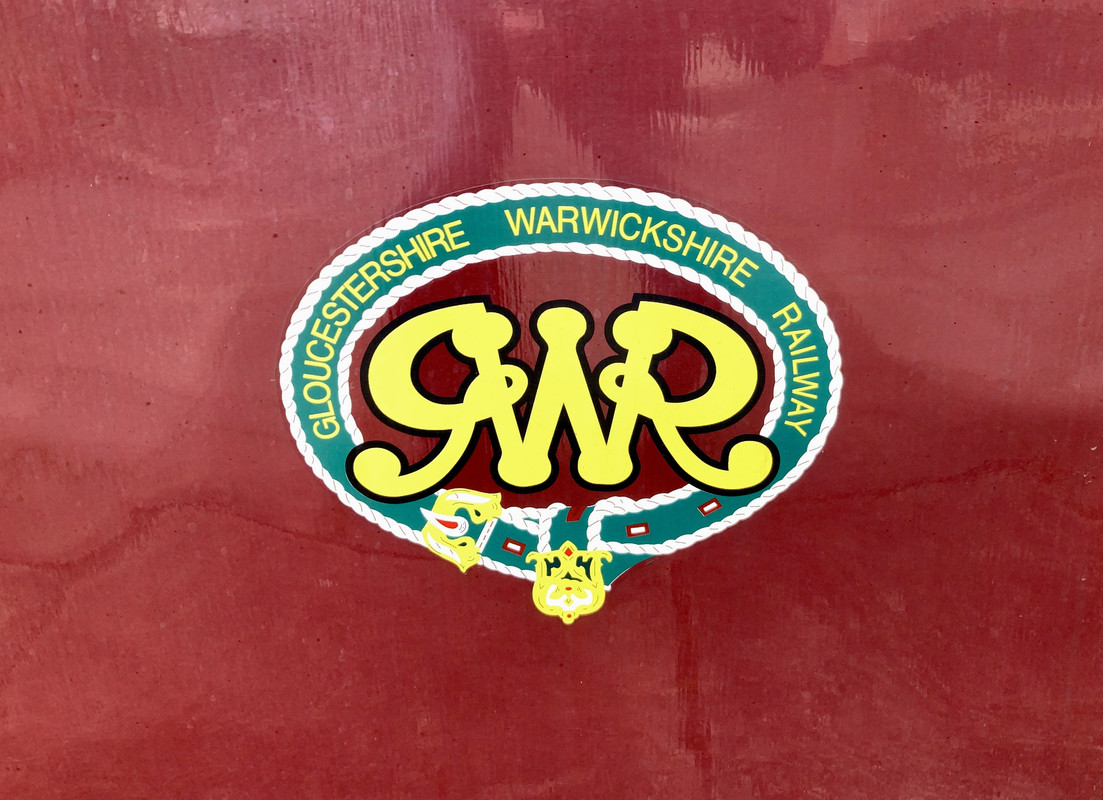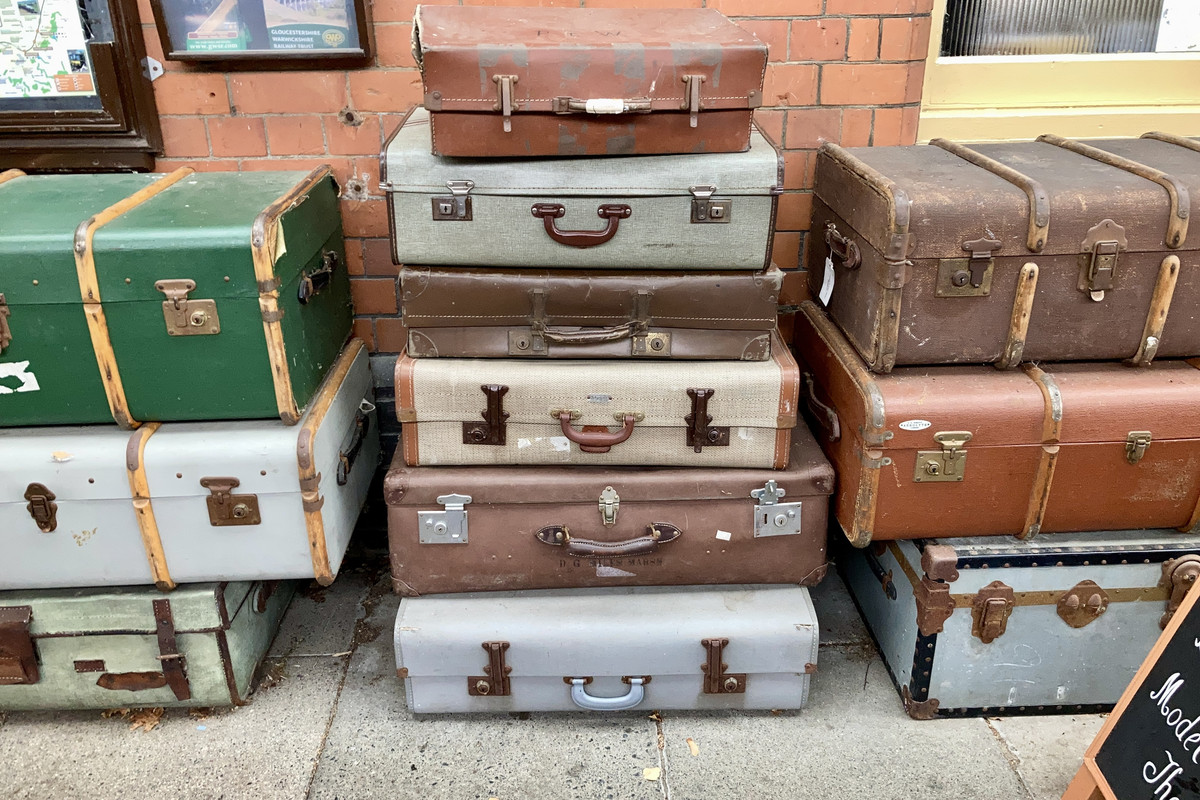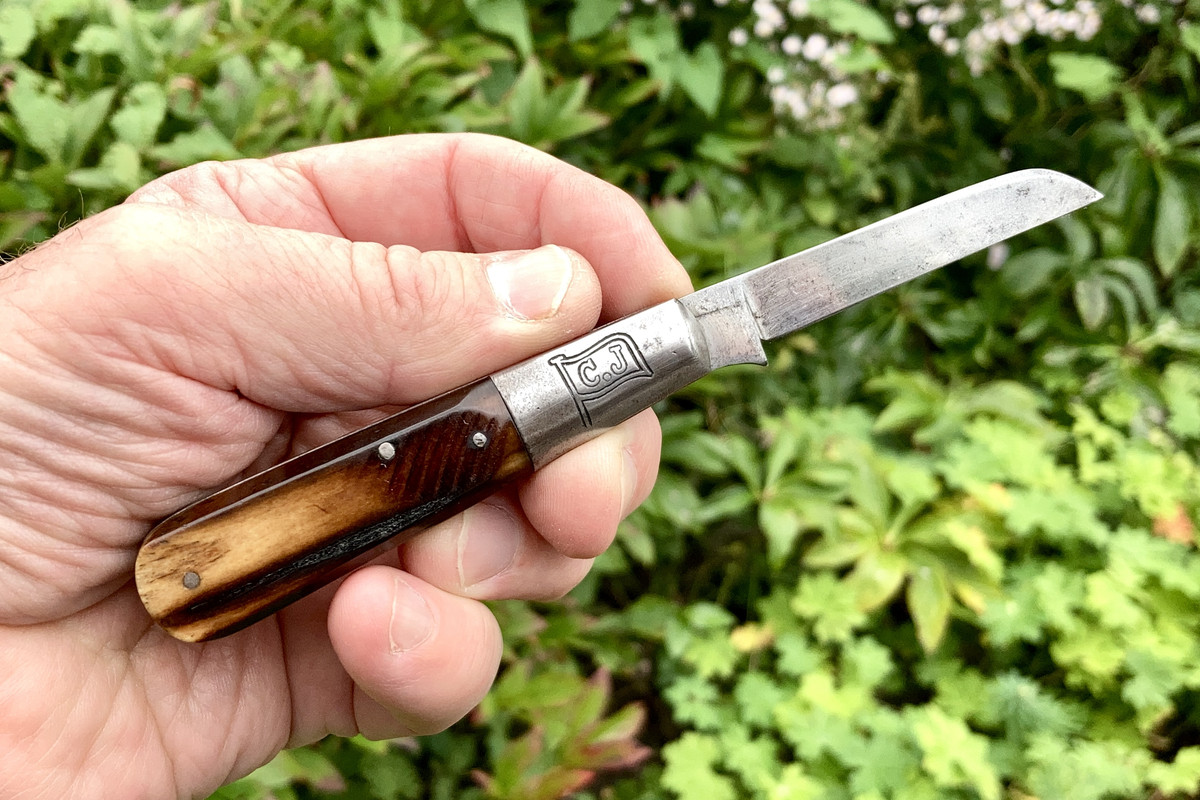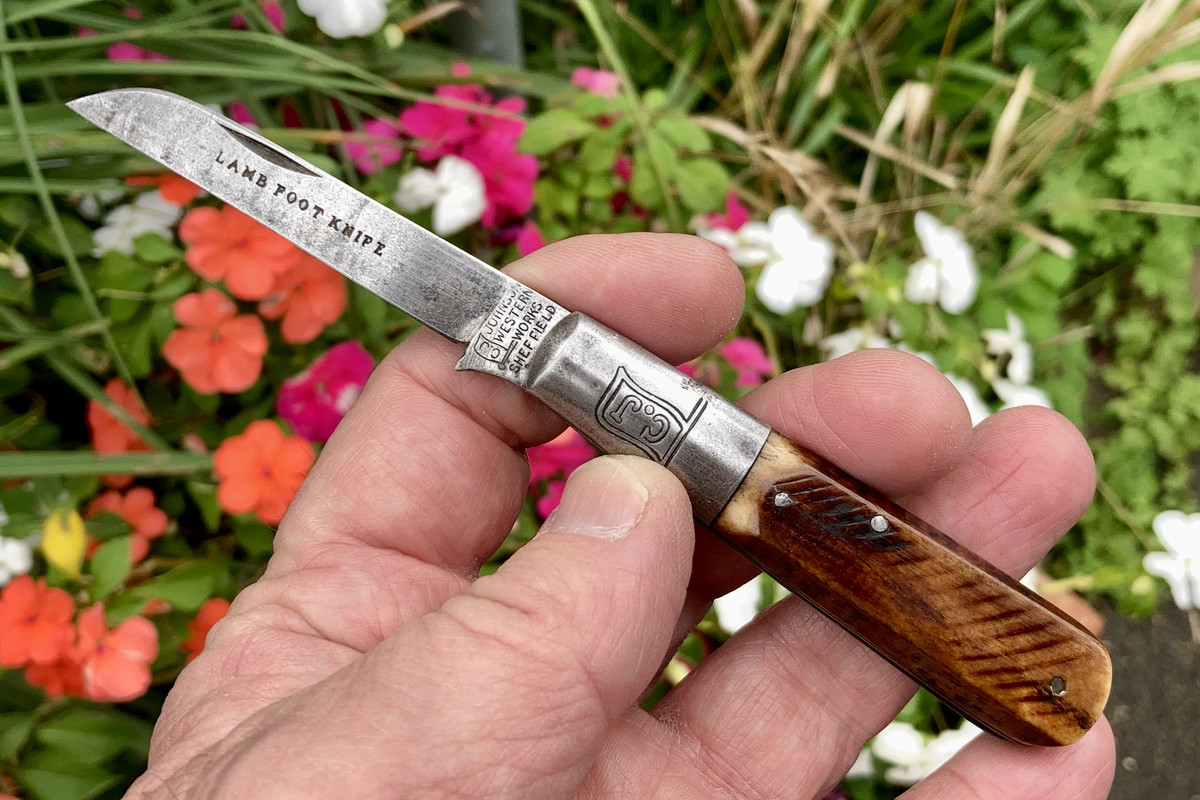"Clamshell": The bolsters and covers/handle are hollow, and held on by tabs, usually at the ends of the knife.
(Victorinox uses a different method on their not ALOX knives.)
The material used for the "covers" (in your case celluloid film or very thin sheet celluloid.) is glued on.
An easy way to tell at a glance if a clamshell knife: No backspring center pin.
Inherant problem of celluloid is it is unstable. It is also quite flamable.
Movie film used to be celluloid. I don't know if you are old enough to remember movie theaters and drive-ins, the film in the projector catching fire, movie paused while the projectionist spliced the film (after cutting out the bad/burnt section) ...
Celluloid can outgas, releasing Nitric Acid gas. Nitric Acid will destroy anything made of metal in the vicinity. It does not matter if cast iron or steel, or brass/copper/bonze/nickel silver/silver/gold. It will destroy the metal. (the acid does not do any "favors" to wood, bone, and horn or antler, either.)
Once it starts outgassing, it cannot be stopped.
It can go several decades without any issues, or it can go bad days or weeks after it was made. The lighter colors (includes clear) are more likely to outgas. WHEN (not "if") it goes bad, it is without warning.
Keep suspected and confirmed celluloid equipped knives seperated from all others. (including other celluloid equipped knives)
If possible, store them in a glass jar with a lid, one knife per jar, checking for the steel and bolsters starting to turn black, the covers/slabs of the handle shrinking or curling. If possible, remove the celluloid when it starts to outgas, and dispose of it.
Unless it is a clamshell knife, you (or a modder) will have to put on new covers/slabs.

